The world of Virtual Reality (VR) is expanding rapidly, offering immersive experiences in everything from gaming and entertainment to education and professional training. However, as the VR space evolves, one significant demand echoes across users of all levels: the need for a lightweight VR headset. In this guide, we will explore the factors to consider when purchasing a lightweight VR headset, ensuring you optimize both comfort and performance, without sacrificing the quality of your VR journeys.
Why Choose a Lightweight VR Headset?
Choosing a lightweight VR headset isn't just about comfort; it profoundly impacts the overall user experience. A lighter headset allows for longer sessions without discomfort or physical strain, which is paramount during immersive experiences. Additionally, a lightweight design often leads to increased mobility and ease of use, enhancing the flexibility of your VR activities, whether gaming, virtual tours, or professional applications. But what should you consider to make the most of your VR experience when selecting a lightweight headset?
Comfort and Adjustability: A lightweight VR headset is synonymous with enhanced comfort. Look for devices that come with adjustable straps and ergonomic designs that conform to your head shape, distributing weight evenly and reducing pressure points.
Display Quality: While weight is crucial, it should not compromise the display quality. Check the resolution, field of view, and refresh rates to ensure you're getting sharp, vibrant visuals that complement lightweight design.
Compatibility and Content: Ensure that the headset is compatible with your preferred platform, whether it's PC-powered VR, console VR, or standalone systems. Also, evaluate the content ecosystem available for each device to match your interests and preferred activities.
Battery Life and Charging: For wireless headsets, the battery life is a key factor. A lightweight headset should also offer an efficient power management system, providing hours of uninterrupted use as you delve into immersive worlds.
The Technology Behind Lightweight VR Headsets
Modern lightweight VR headsets employ advanced materials and technologies that reduce weight while enhancing performance. From OLED displays that minimize weight without compromising screen quality, to innovative cooling systems that prevent overheating without adding bulk, these headsets represent a marriage between technology and user-centric design.
Furthermore, many of these headsets have adopted inside-out tracking to eliminate the need for external sensors, simplifying the setup and cutting down on additional peripherals, making the headset feel lighter in more ways than one.
Investing in a lightweight VR headset is more than a purchase; it's an entry into a new era of digital interaction. The ease of use, unparalleled comfort, and potential for extended sessions without fatigue mark a significant shift towards more accessible and user-friendly VR solutions. Whether you're a gamer, a professional, or a tech enthusiast, choosing the right VR headset requires balancing weight with features, ensuring an immersive and enjoyable experience every time you step into the virtual world.
By focusing on these key elements, you’ll be well on your way to selecting a headset that isn’t just part of your tech collection but an indispensable ticket to realms of infinite learning, entertainment, and innovation.
For more information on the best lightweight VR headsets currently available, consider visiting trusted tech review sites or forums where experts and users share their experiences and insights. Remember, the best choice is one that aligns with your specific needs and offers the utmost comfort and functionality.





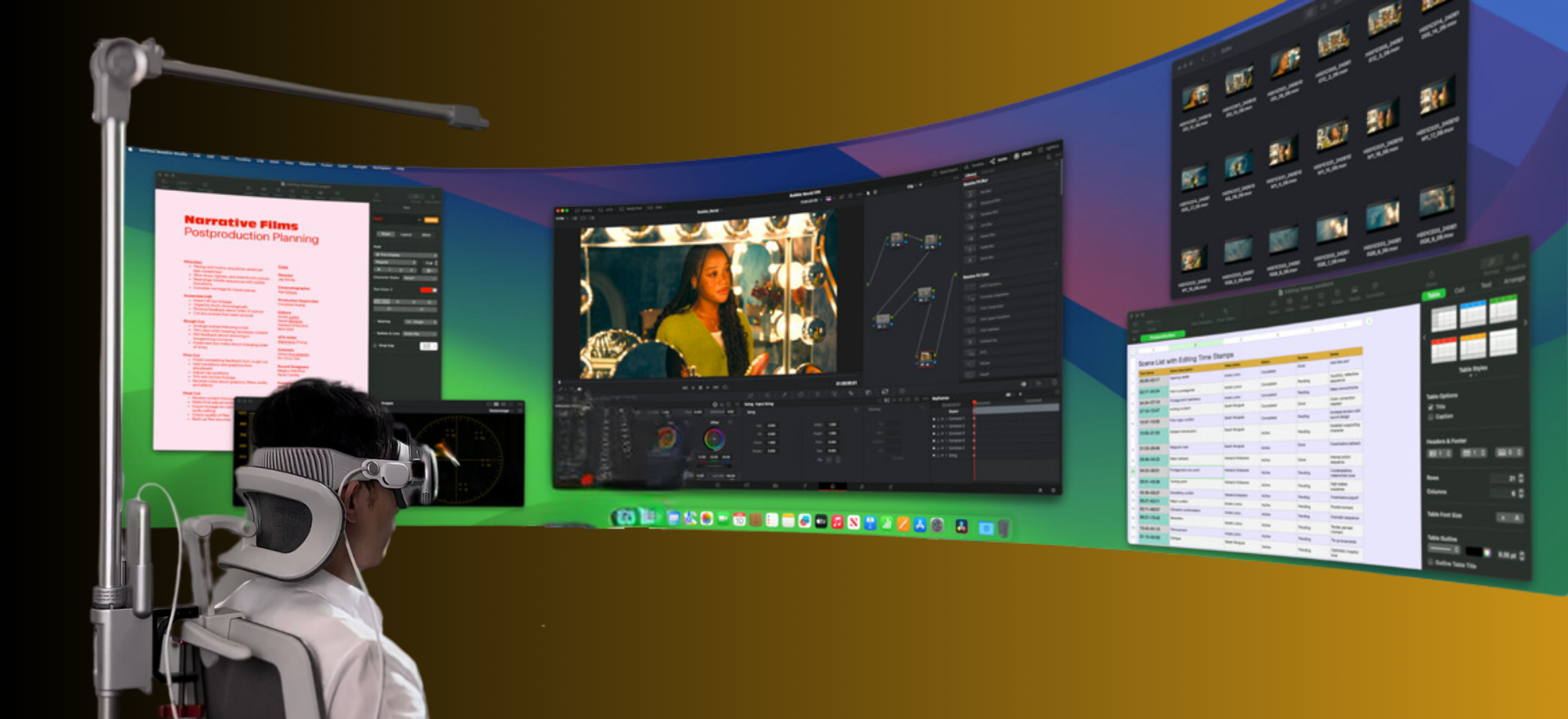
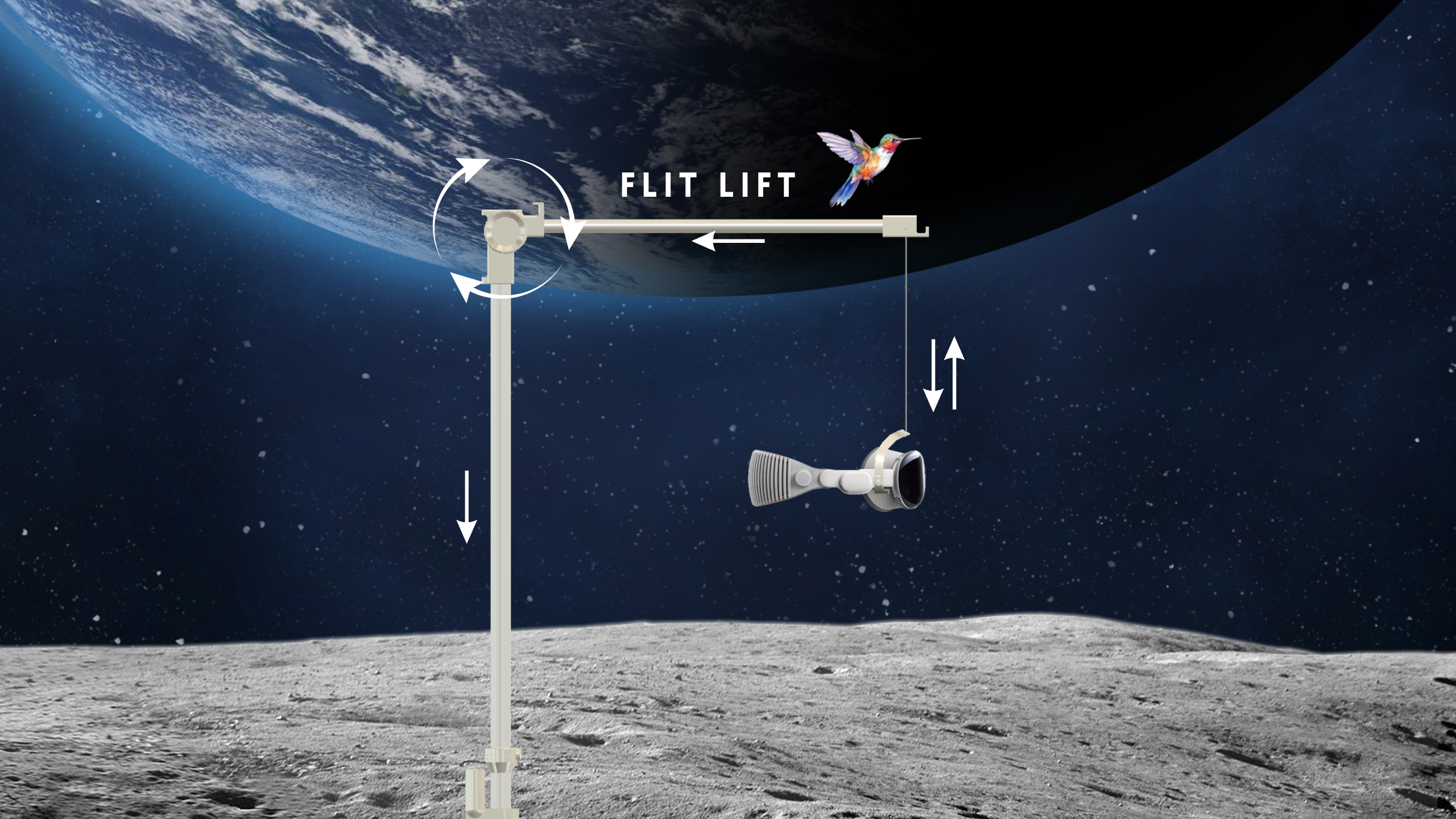
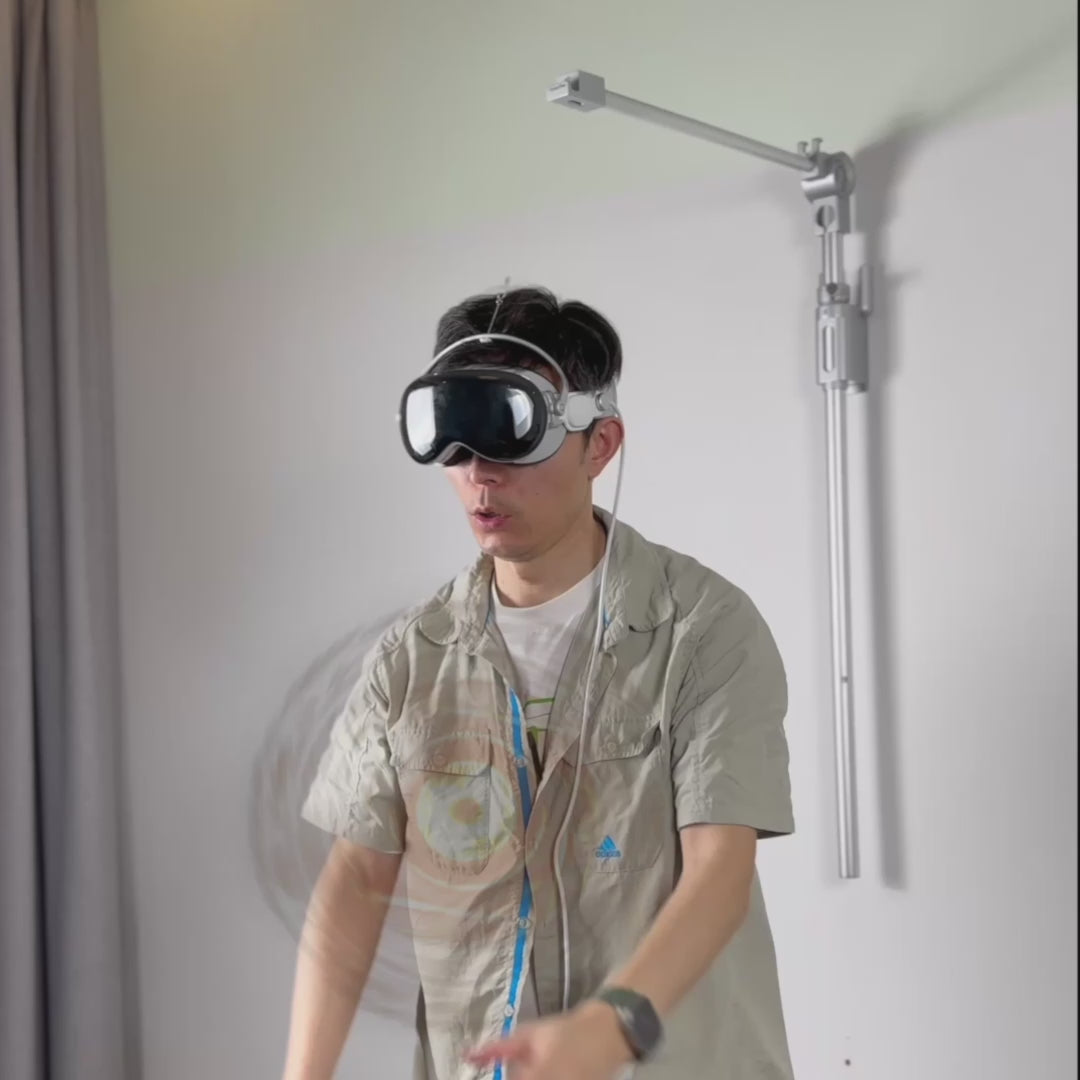
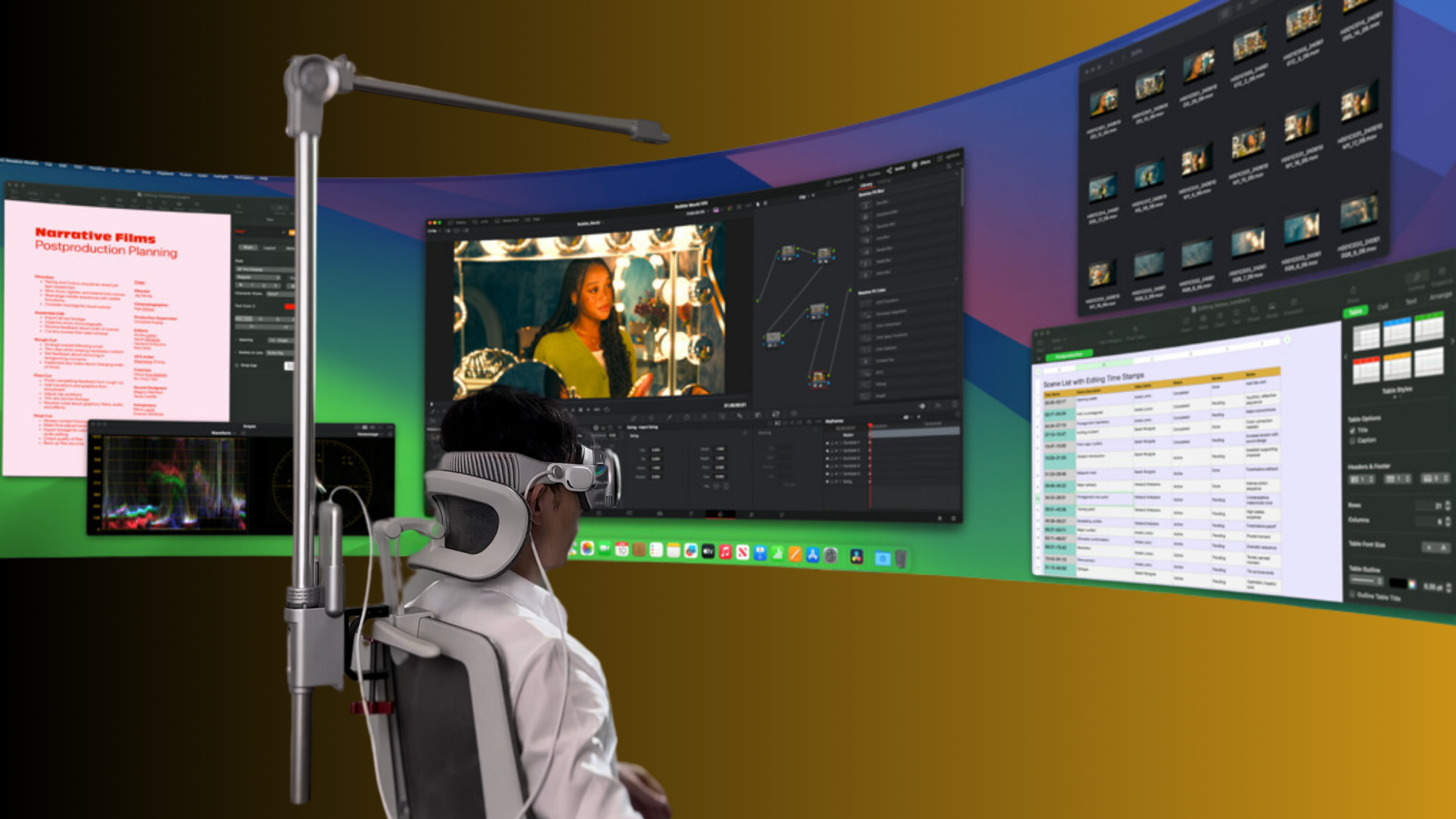
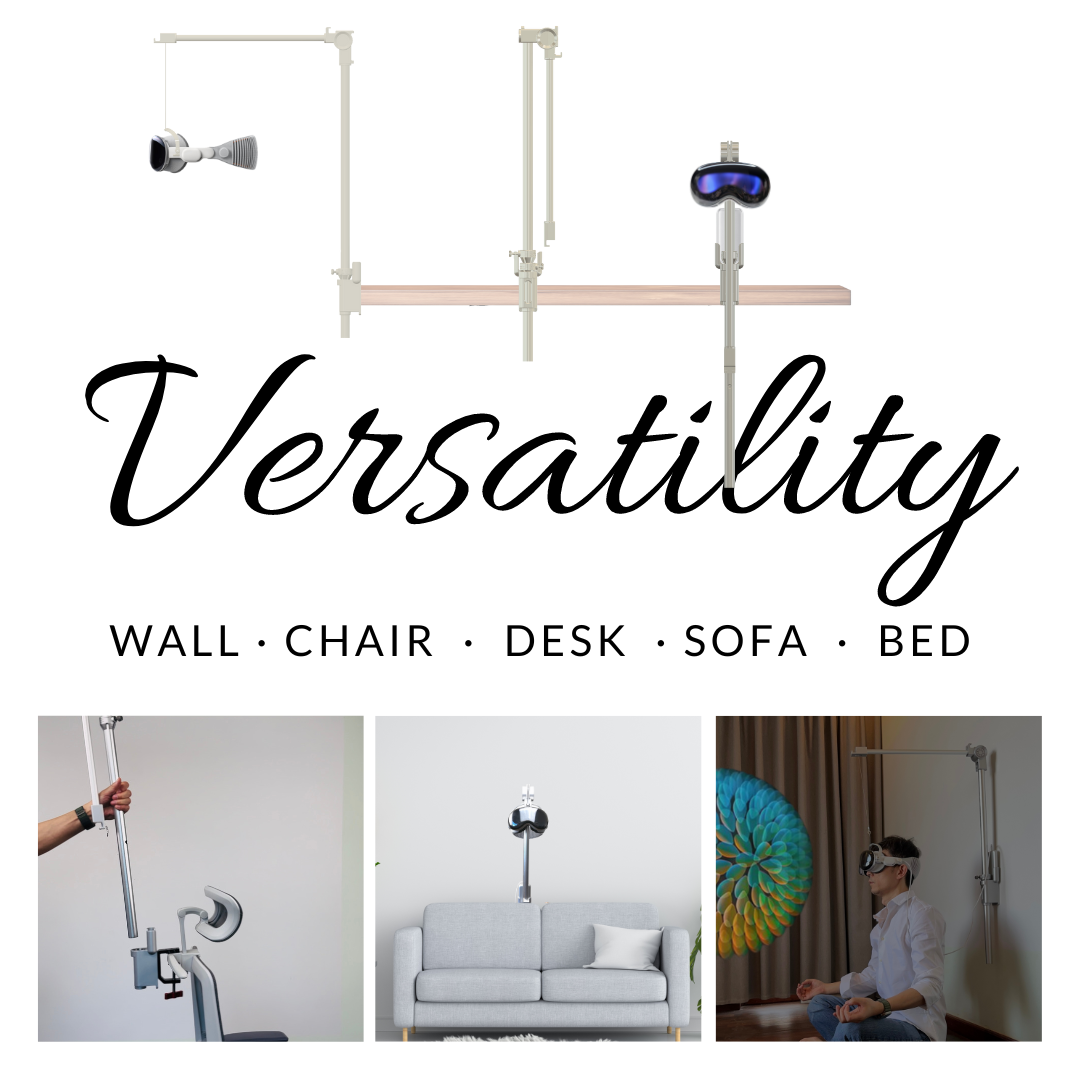
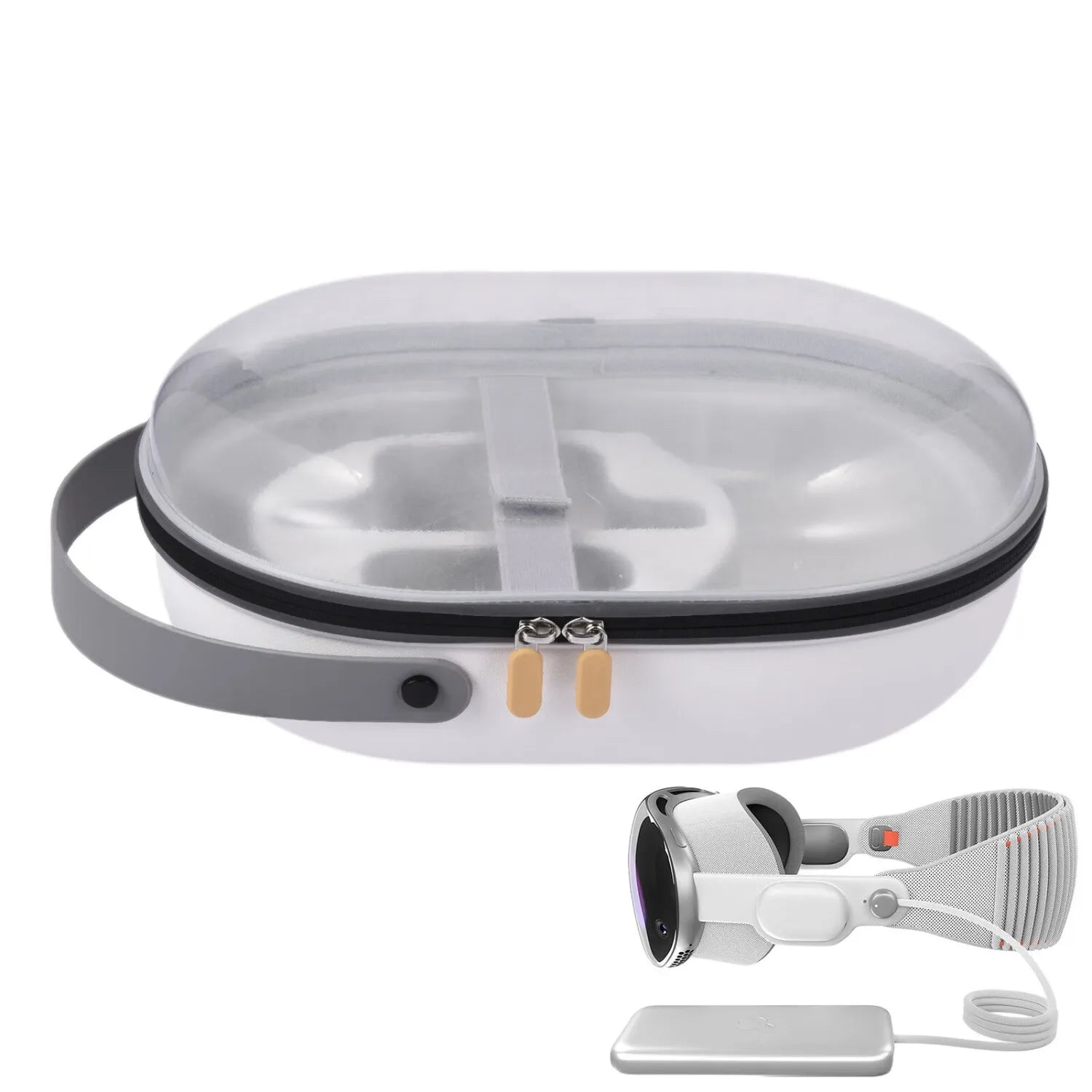
Share:
Achieving the Perfect VR Immersion: Addressing Weight and Comfort Challenges with Apple Vision Pro
Finding the Perfect VR Lift to Improve Headset Weight Distribution